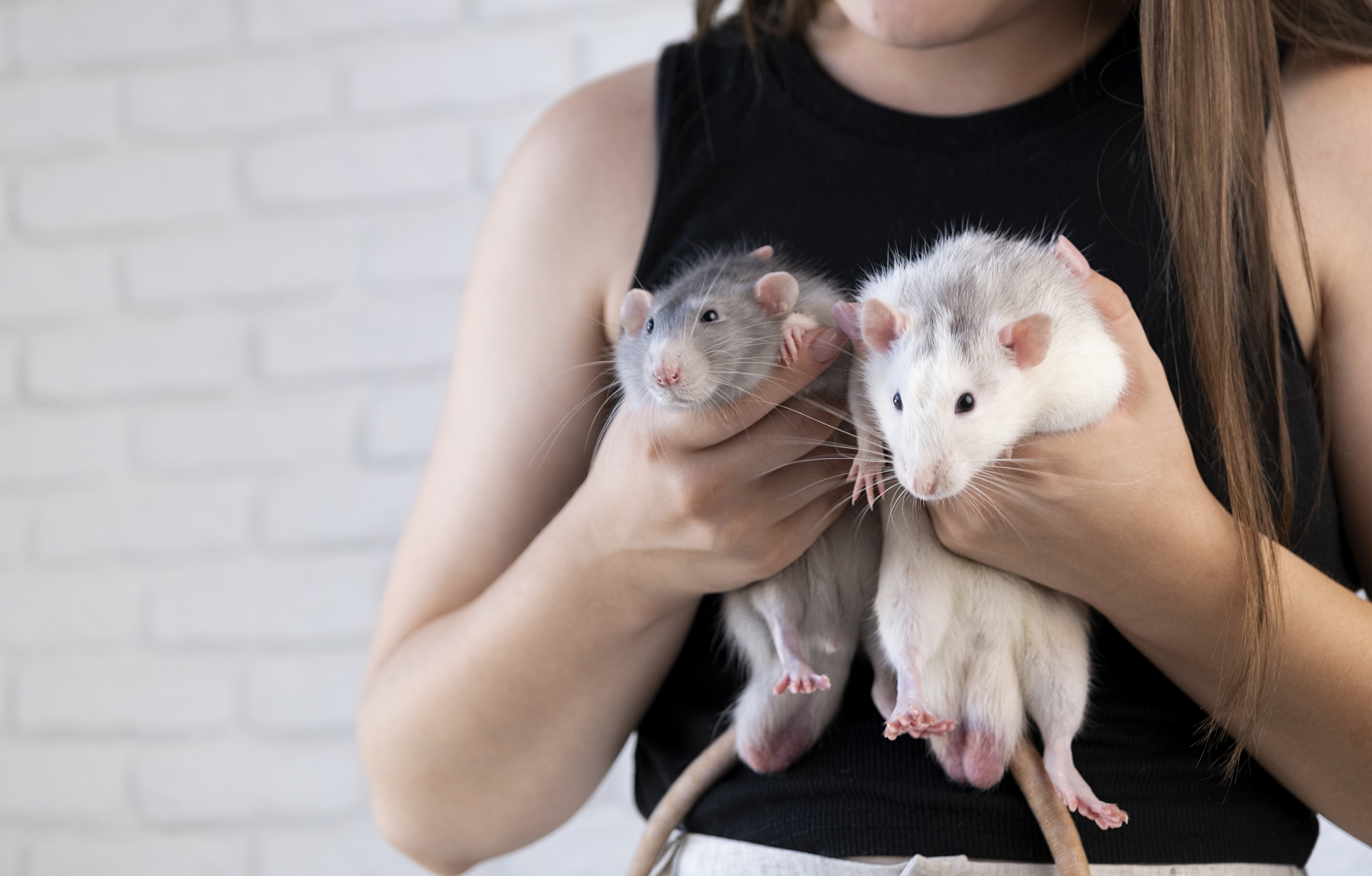10 Toxic Ingredients to Watch Out for in Your Dog's Food
In a world where we meticulously scrutinize the ingredients in our own food, it’s imperative not to overlook the diet of our canine companions. The pet food industry is vast and complex, often shrouded in marketing jargon that can obscure the true nature of what goes into our pets' meals. As pet owners, we strive to provide the best for our furry friends, ensuring their health and longevity. However, the journey to finding the right dog food can be fraught with hidden dangers. This article seeks to unravel the complexities of dog food labels and highlight the top 10 toxic ingredients that could potentially harm your beloved pet. By understanding these hidden dangers, you can make informed choices that prioritize your dog's well-being.
1. Artificial Preservatives: The Silent Culprits

Artificial preservatives are commonly used in dog food to extend shelf life and maintain freshness. However, these chemicals can pose significant health risks. BHA (butylated hydroxyanisole) and BHT (butylated hydroxytoluene) are two such preservatives that are often found in dog food. While they effectively prevent fats from spoiling, they have been linked to cancer and other health issues in animals. The irony is that in trying to preserve the food, these additives may ultimately compromise your dog's health. Propylene glycol is another preservative to watch out for. Often used to maintain moisture in semi-moist dog foods, this compound has been associated with behavioral issues and a decrease in red blood cell production. The cumulative effects of consuming these preservatives can lead to long-term health problems, making it essential to choose dog foods that use natural preservatives like vitamin E (mixed tocopherols) or vitamin C (ascorbic acid). By opting for these safer alternatives, you can ensure that your dog's diet supports its health rather than undermining it.
2. Artificial Colors and Flavors: A Deceptive Appeal
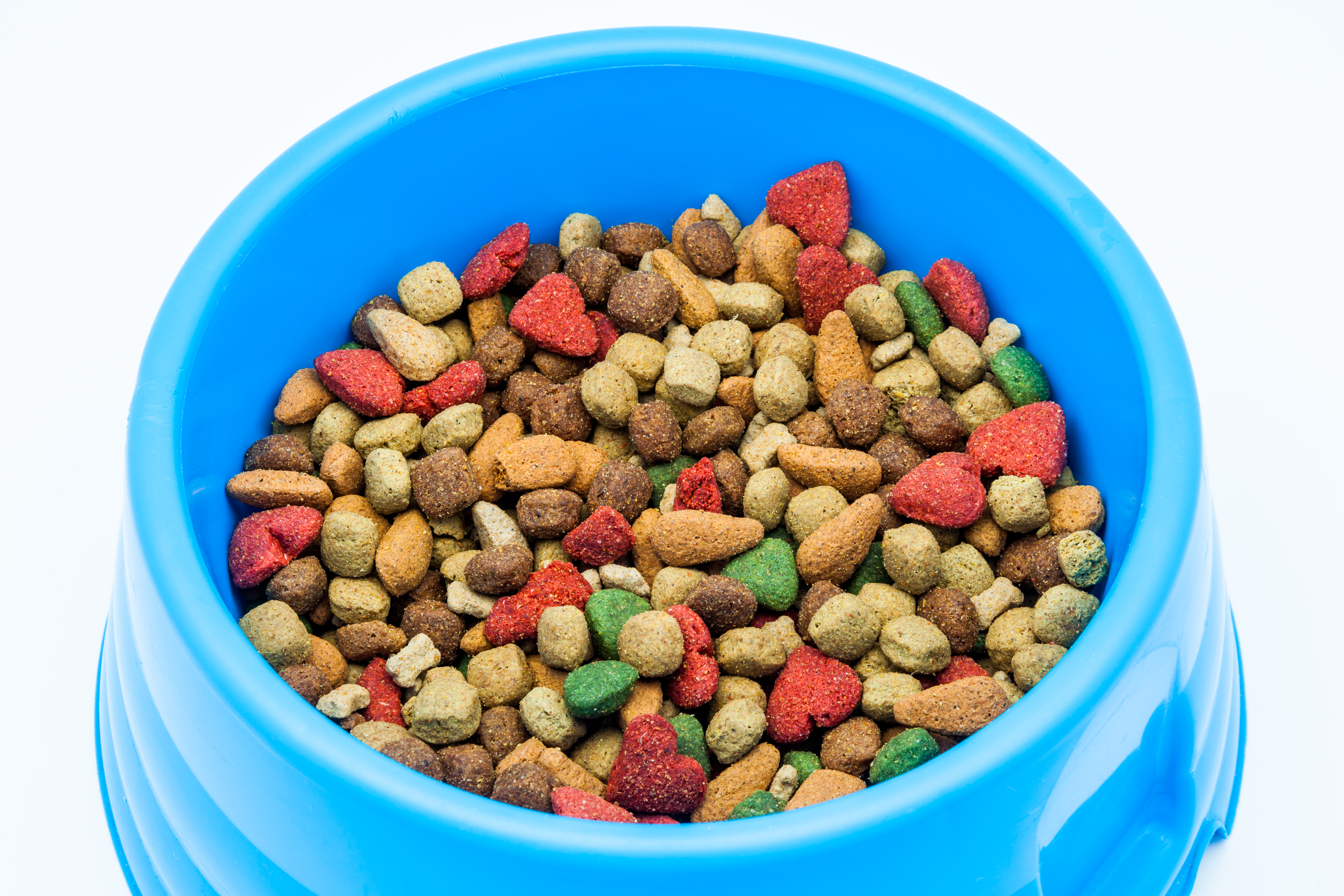
Artificial colors and flavors are added to dog food to make it more visually appealing and palatable. However, these additives serve no nutritional purpose and can be detrimental to your dog's health. Colors such as Blue 2, Red 40, and Yellow 5 and 6 are derived from synthetic dyes and have been linked to allergic reactions and behavioral changes in dogs. These dyes are notorious for causing hyperactivity and other behavioral issues, particularly in sensitive dogs. Artificial flavors, on the other hand, are used to mimic the taste of real meat or other ingredients, often masking the poor quality of the food itself. These flavors can lead to digestive problems and may also contribute to long-term health issues. Instead of falling for the allure of brightly colored kibbles, opt for dog foods that derive their flavors and colors from natural sources. This not only ensures a more wholesome diet but also reduces the risk of exposing your dog to unnecessary chemicals.
3. Meat By-Products: The Mystery Meat
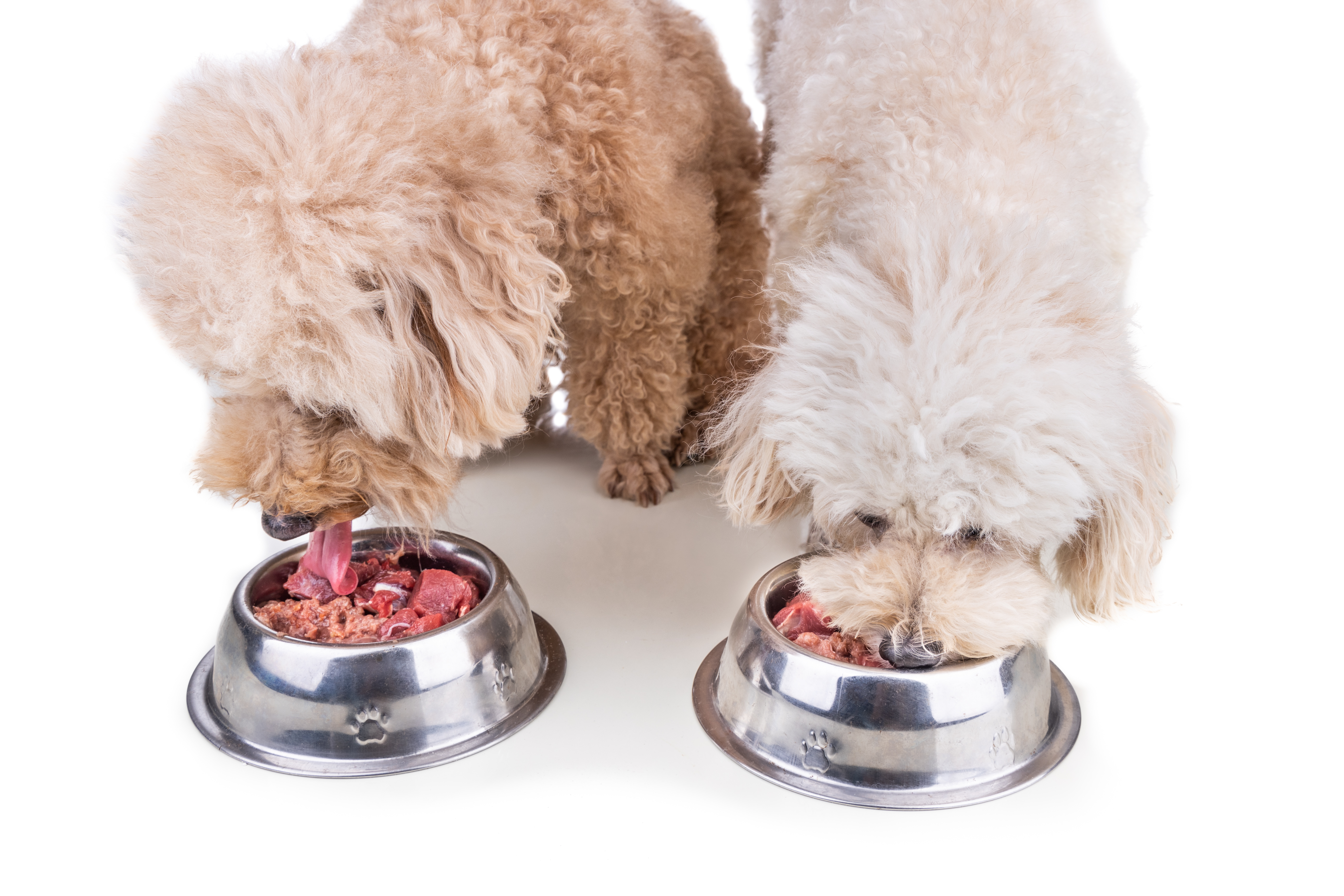
Meat by-products are a common ingredient in many commercial dog foods, often listed ambiguously on the label. These by-products can include a range of animal parts such as organs, bones, and even undeveloped eggs, which are not always suitable for human consumption. While some by-products can be nutritious, the lack of transparency in labeling makes it difficult to ascertain their quality. This uncertainty poses a risk, as low-quality by-products may contain harmful substances or lack essential nutrients. The term "meat by-products" can also be a catch-all for various animal parts, making it challenging to determine the source of the protein. This can be particularly concerning for dogs with specific dietary needs or allergies. To ensure your dog receives high-quality protein, look for foods that specify the type of meat used, such as "chicken liver" or "beef heart," rather than the generic "meat by-products." By doing so, you can provide your dog with a more balanced and nutritious diet that supports its overall health.
4. Corn and Wheat: Common Allergens
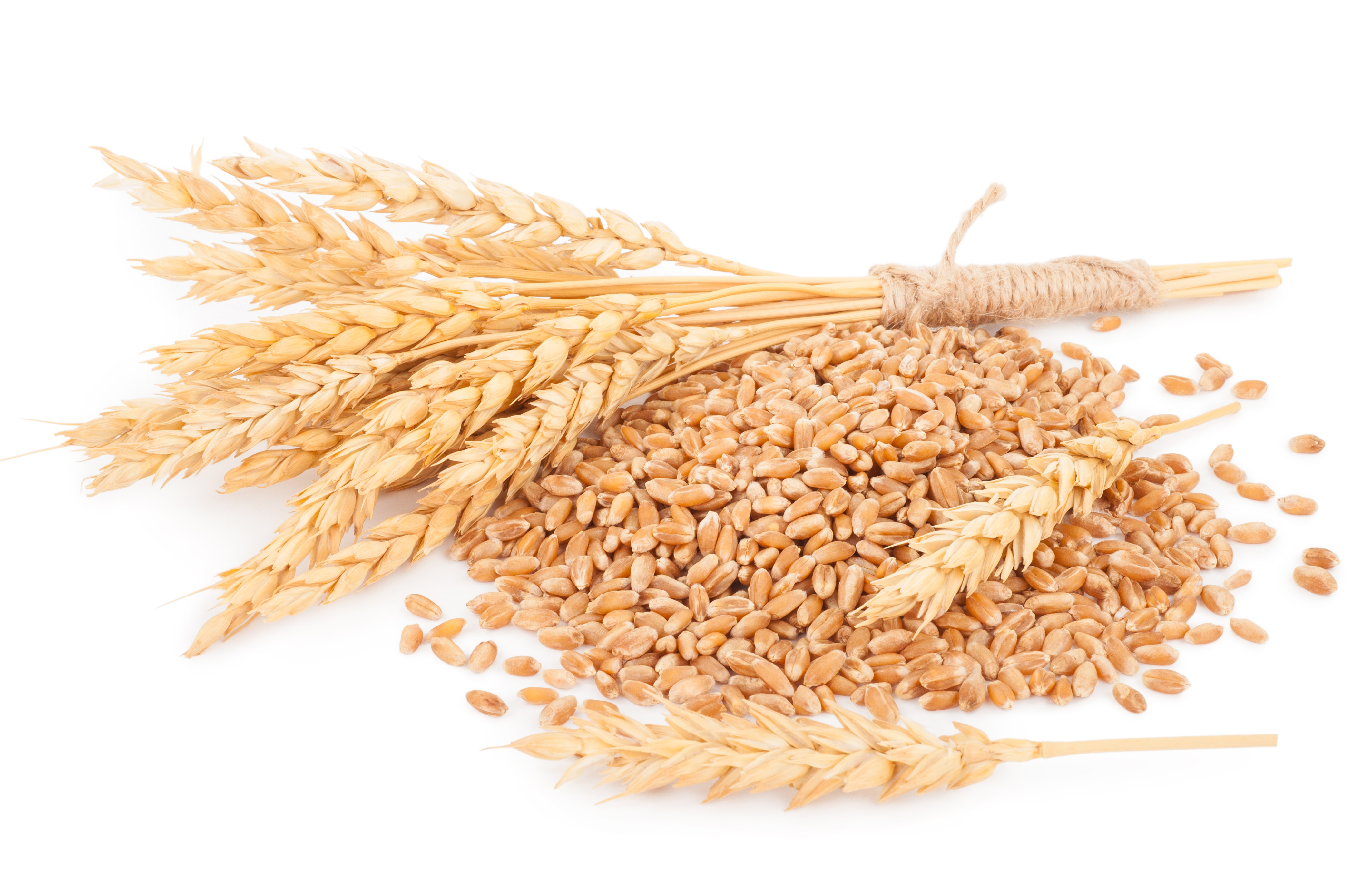
Corn and wheat are often used as fillers in dog food, providing bulk without significant nutritional value. While these grains are not inherently harmful, they are common allergens for many dogs. Allergic reactions can manifest as skin irritations, digestive issues, or even respiratory problems. The prevalence of corn and wheat in dog food means that dogs with sensitivities may be exposed to these allergens regularly, exacerbating their symptoms over time. In addition to being potential allergens, corn and wheat offer limited nutritional benefits compared to other carbohydrate sources like sweet potatoes or brown rice. These alternatives provide more fiber and essential nutrients, promoting better digestive health and energy levels. By choosing dog foods that prioritize whole, nutritious ingredients over fillers, you can help prevent allergic reactions and support your dog's overall well-being.
5. Soy: A Controversial Protein Source
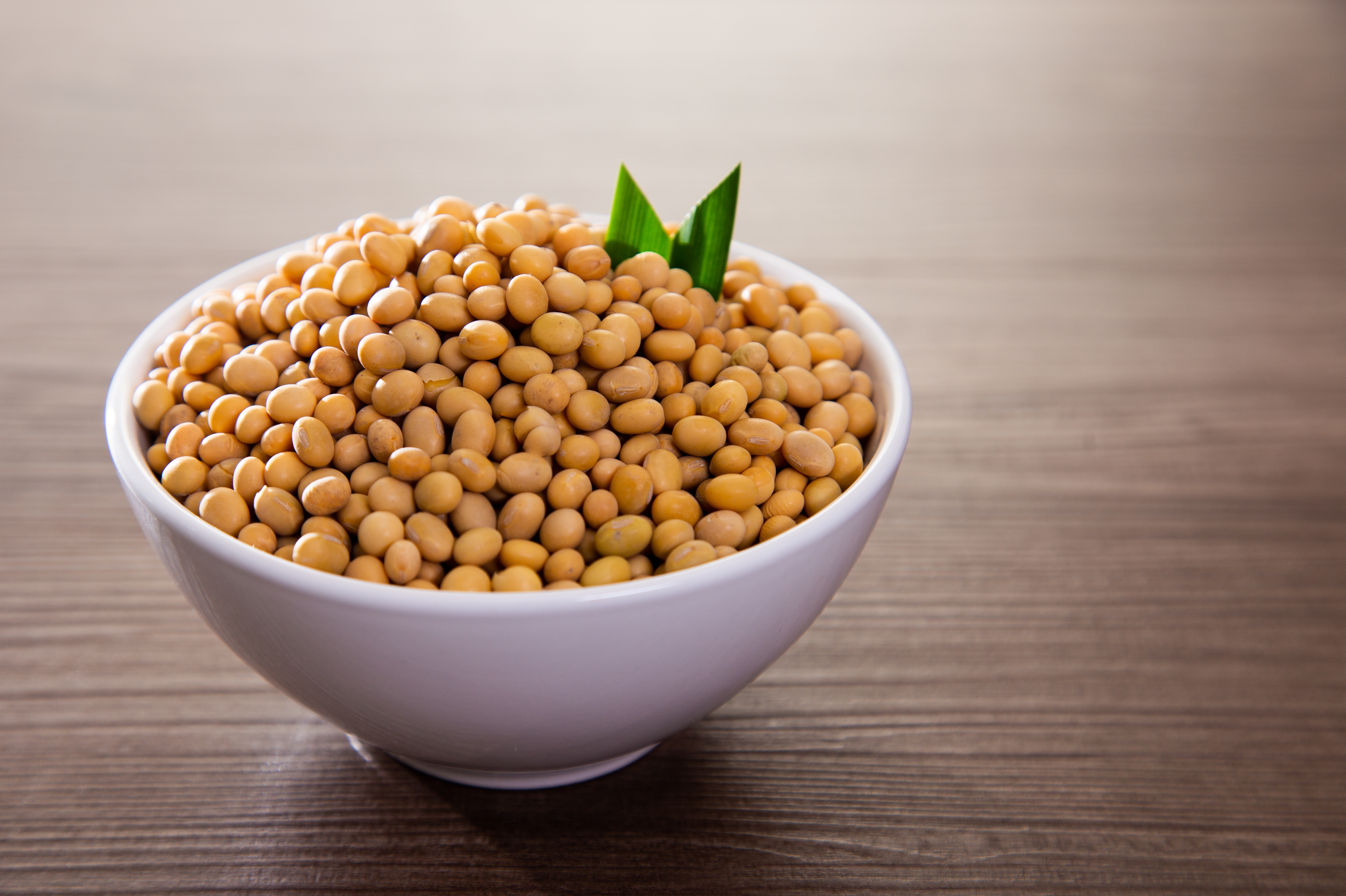
Soy is another common ingredient in dog food, often used as a protein source or filler. While soy is a complete protein, it is also a known allergen and can cause digestive issues in some dogs. The controversy surrounding soy extends beyond allergies, as it is often genetically modified and may contain traces of pesticides. These factors raise concerns about the long-term impact of soy consumption on your dog's health. Moreover, soy contains phytoestrogens, which can interfere with hormone levels and potentially affect reproductive health. For dogs with specific health conditions or sensitivities, soy may exacerbate existing issues or contribute to new ones. To ensure your dog receives a balanced diet, consider foods that use high-quality animal proteins or alternative plant-based proteins like peas or chickpeas. These options provide essential amino acids without the potential drawbacks associated with soy.
6. Rendered Fats: A Hidden Hazard

Rendered fats are often found in dog food as a source of energy and flavor. However, the rendering process involves cooking animal tissues at high temperatures, which can degrade the quality of the fats and introduce harmful compounds. These fats may also be sourced from low-quality or unidentified animal parts, increasing the risk of contamination with toxins or pathogens. The use of rendered fats in dog food is concerning because it can lead to oxidative damage, contributing to inflammation and other health issues. Additionally, the high-fat content can exacerbate conditions like obesity or pancreatitis in susceptible dogs. To provide a safer and more nutritious diet, look for dog foods that use named animal fats, such as "chicken fat" or "salmon oil," which offer essential fatty acids and support overall health.
7. Ethoxyquin: A Controversial Preservative
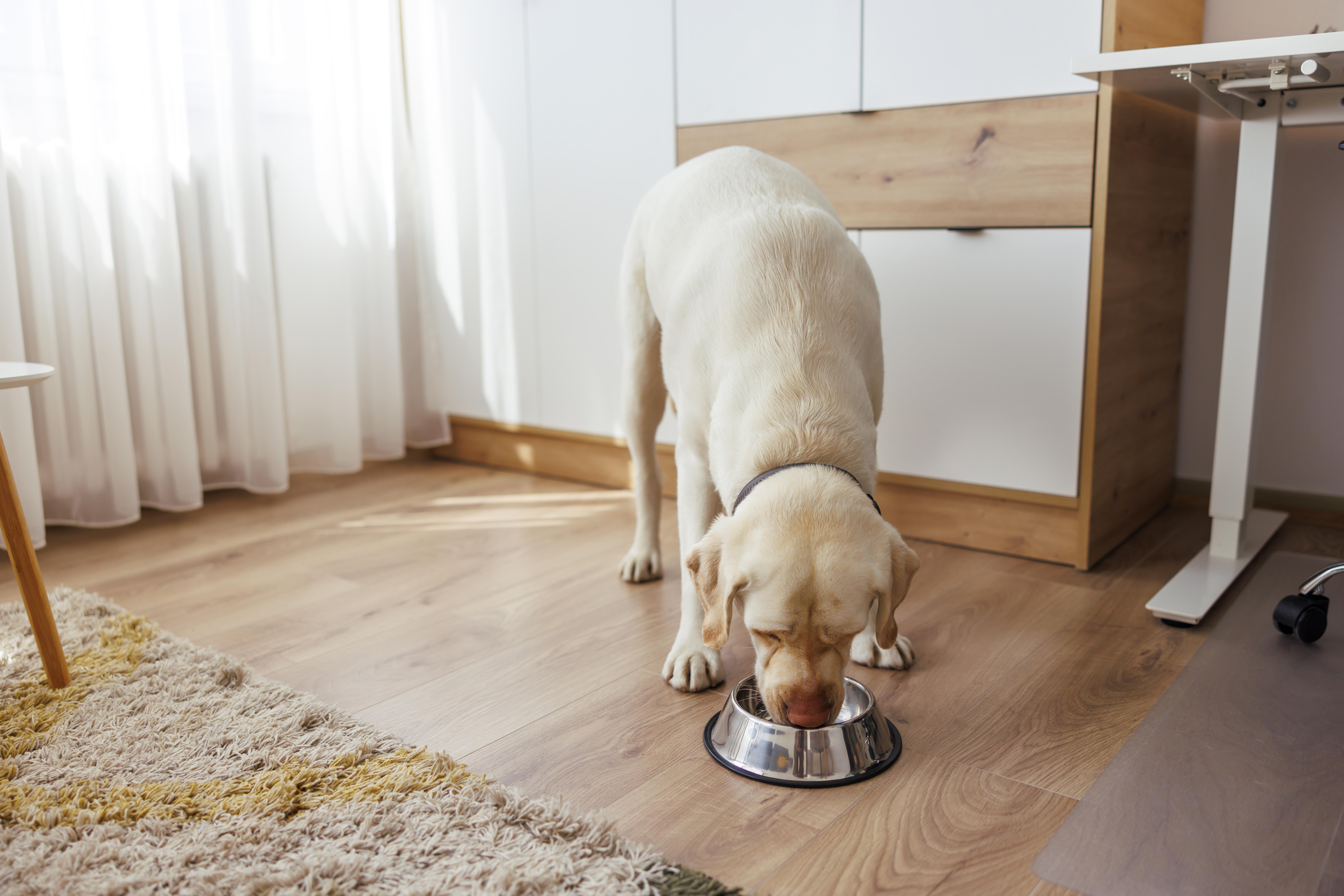
Ethoxyquin is a synthetic antioxidant used in dog food to preserve fats and prevent spoilage. While effective, it has been the subject of controversy due to its potential health risks. Ethoxyquin is also used as a pesticide and has been linked to liver and kidney damage, as well as reproductive issues in animals. The long-term effects of ethoxyquin consumption are not fully understood, raising concerns about its safety in pet food. In response to these concerns, some pet food manufacturers have voluntarily removed ethoxyquin from their products or reduced its concentration. However, it may still be present in some brands, particularly those using fish meal, where it is often added during processing. To avoid this controversial preservative, choose dog foods that explicitly state they are ethoxyquin-free or use natural antioxidants like rosemary extract or mixed tocopherols.
8. Sodium Nitrate and Nitrite: Preservatives with a Dark Side
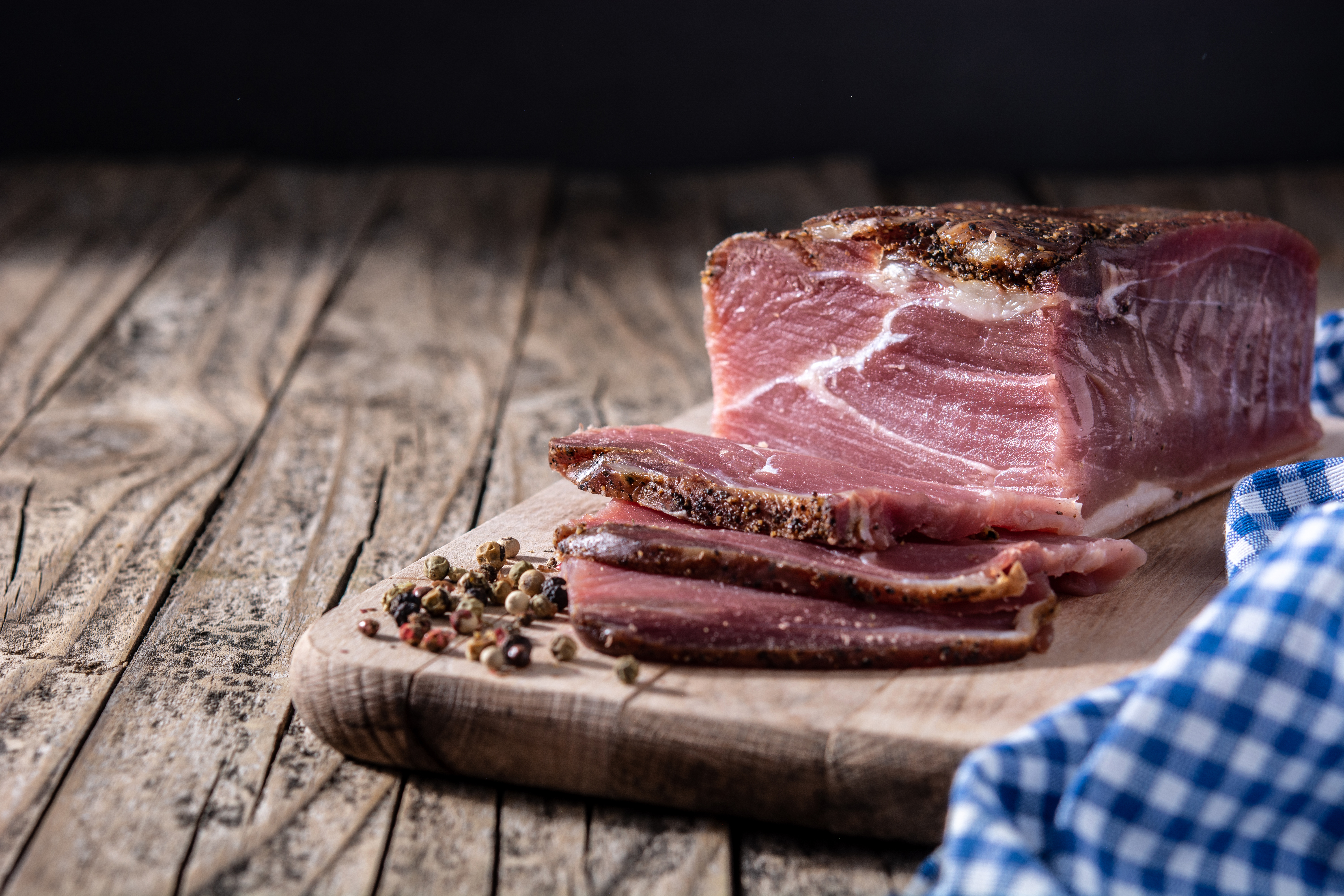
Sodium nitrate and nitrite are preservatives used to enhance the color and flavor of processed meats in dog food. While they help maintain the appearance of freshness, these compounds can form nitrosamines, which are carcinogenic. The presence of these preservatives in dog food raises concerns about the potential for long-term health risks, including cancer. In addition to their carcinogenic potential, sodium nitrate and nitrite can also contribute to digestive issues and exacerbate conditions like heart disease. The risks associated with these preservatives highlight the importance of choosing dog foods that prioritize natural preservation methods. By selecting products that use safe and wholesome ingredients, you can protect your dog from unnecessary exposure to harmful chemicals.
9. Carrageenan: A Thickening Agent with Potential Risks
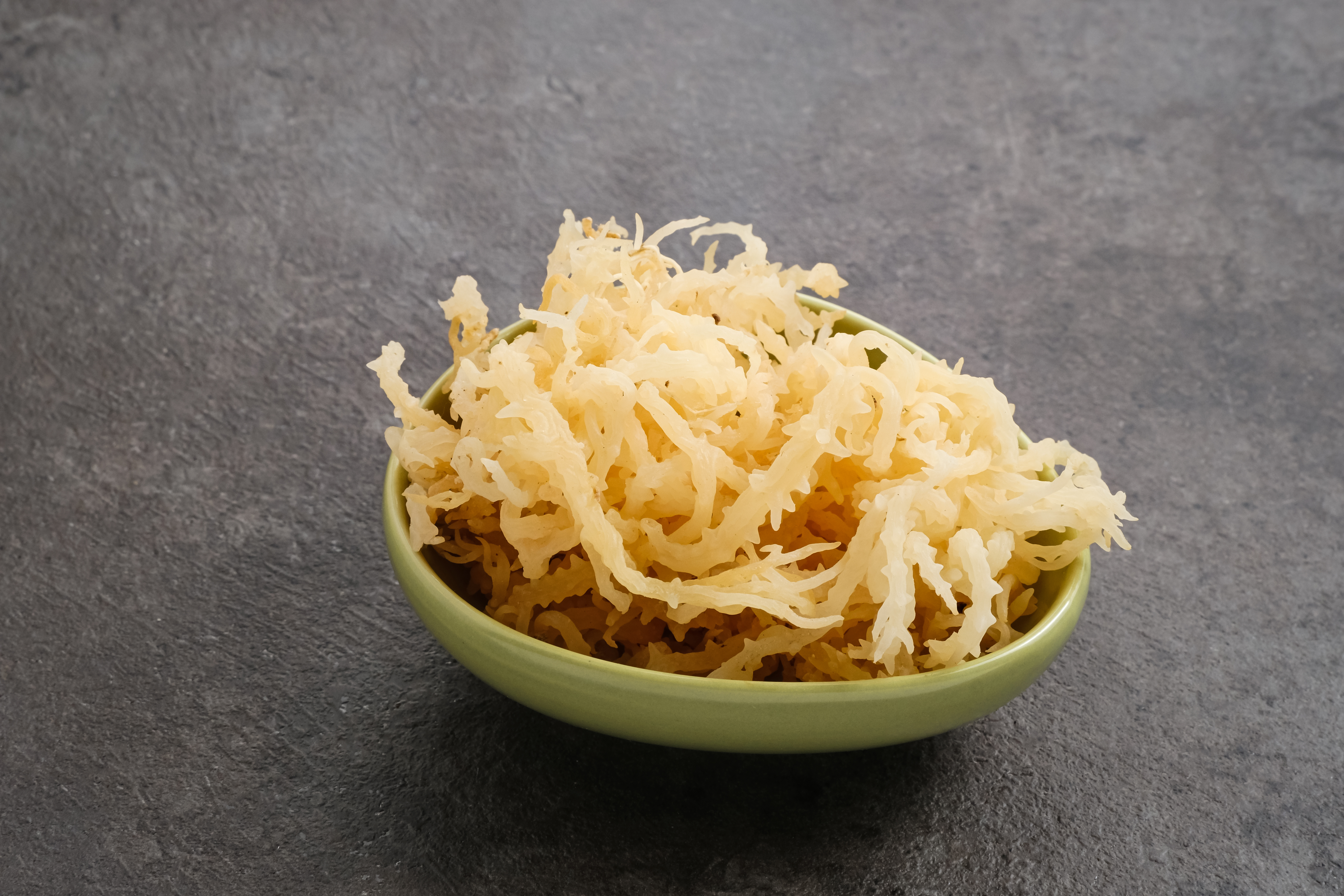
Carrageenan is a common thickening agent derived from red seaweed, used in both human and pet foods to improve texture. While it is considered safe by some regulatory agencies, research has raised concerns about its potential to cause inflammation and gastrointestinal issues. Carrageenan has been linked to digestive disturbances in some dogs, leading to symptoms like diarrhea and vomiting. The controversy surrounding carrageenan stems from its degraded form, poligeenan, which has been associated with cancer and other health problems. Although food-grade carrageenan is different, the potential for degradation during processing raises questions about its safety in pet food. To err on the side of caution, consider choosing dog foods that do not contain carrageenan, particularly if your dog has a sensitive stomach or a history of digestive issues.
10. Sugar and Sweeteners: Unnecessary Additives

Sugar and artificial sweeteners are often added to dog food to enhance flavor and palatability. However, these additives are unnecessary and can have detrimental effects on your dog's health. Excessive sugar consumption can lead to weight gain, dental issues, and an increased risk of diabetes. Artificial sweeteners, such as xylitol, are even more concerning, as they are highly toxic to dogs and can cause severe health problems, including liver failure and hypoglycemia. The inclusion of sugar and sweeteners in dog food highlights the importance of reading labels carefully and choosing products that prioritize natural, wholesome ingredients. By avoiding these unnecessary additives, you can help maintain your dog's healthy weight and reduce the risk of developing chronic health conditions.
As a responsible pet owner, it is essential to remain vigilant and proactive in your approach to your dog's nutrition. Regularly reviewing ingredient lists, staying informed about industry developments, and consulting with your veterinarian are all valuable practices in ensuring your dog's diet meets its nutritional needs. By taking these steps, you can provide your furry friend with a diet that supports its health, happiness, and longevity, allowing you to enjoy many more years of companionship together.

